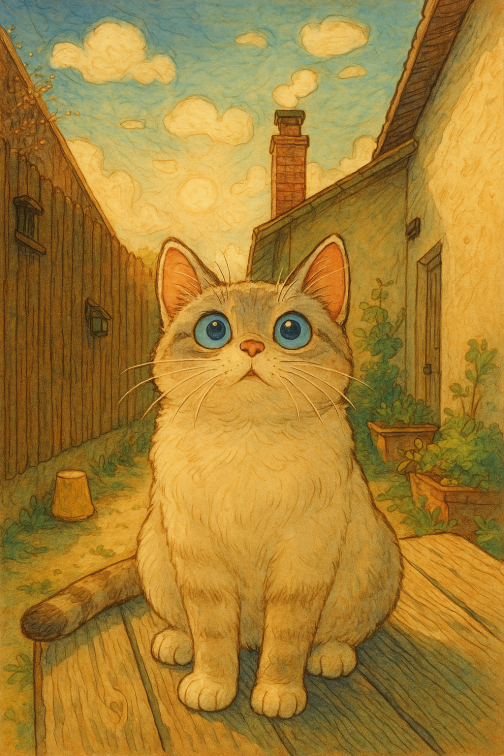Today, I finally created my first podcast (I prefer to call it an “audio journal”). There’s no clear commercial direction—though some of my experiences and shares might hold commercial value, such as my CAD expertise and insights into building universal CAD frameworks, like my collection of web application examples in engineering. But for now, it’s about documenting my scattered thoughts. I’ll also note down my process, tools, and workflow.
First, I had to commit to starting this project. Five or six years ago, I was involved in a hardware training community as a part-time operator and instructor. That organization likely has a decent market presence in Shanghai now, though competition is fierce—I know of at least five rival community-based players. My focus, however, is simply sharing personal reflections and career experiences.
Next was choosing a hosting platform. There were several options, but I went with Firstory. Of course, I’ll keep backups of recordings and transcripts for future migration. The free tier allows hosting one podcast with a monthly quota of 5,000 downloads—more than enough for my personal audio journal. After registering, I created a show in the backend, uploaded a cover image, and wrote a brief intro. That settled the hosting step.
Then, I started producing my first audio record. I’m not yet at the stage where I can speak fluently from an outline alone, so after drafting the outline, I fleshed out the content and did a first recording. It was a bit rough, so I had AI refine my draft into a podcast-friendly script. The AI broke it into conversational segments, added transitional phrases and tonal cues, and structured it into detailed sections. This helped me better grasp and adapt to the rhythm of podcasting. With the script ready, I did a few test listens—having the AI read it aloud—and reviewed it during my commute. I can’t match the professionalism of top-tier podcasts, so after a few practice rounds, I recorded using a handheld recorder.
For editing, I initially tried VoCut but ran into issues due to unfamiliarity with the platform. Instead, I used Audacity to clean up the audio: noise reduction, adjusting highs and lows, and adding copyright-free background music. I exported it as an MP3 (since I lack certain codecs in Audacity) and saved it in my notes. For the cover, I used a cartoon image of my cat.

After publishing, I synced the content to Apple Podcasts under the name “CAD Chain of Thought”. Other platforms will require further exploration—like RSS distribution. I’ve already posted on Zhihu but haven’t seen updates yet.
Upcoming topics will include my experiences in chip design CAD frameworks and career insights, as well as personal productivity tips for work and life. If you’re interested, feel free to follow!
